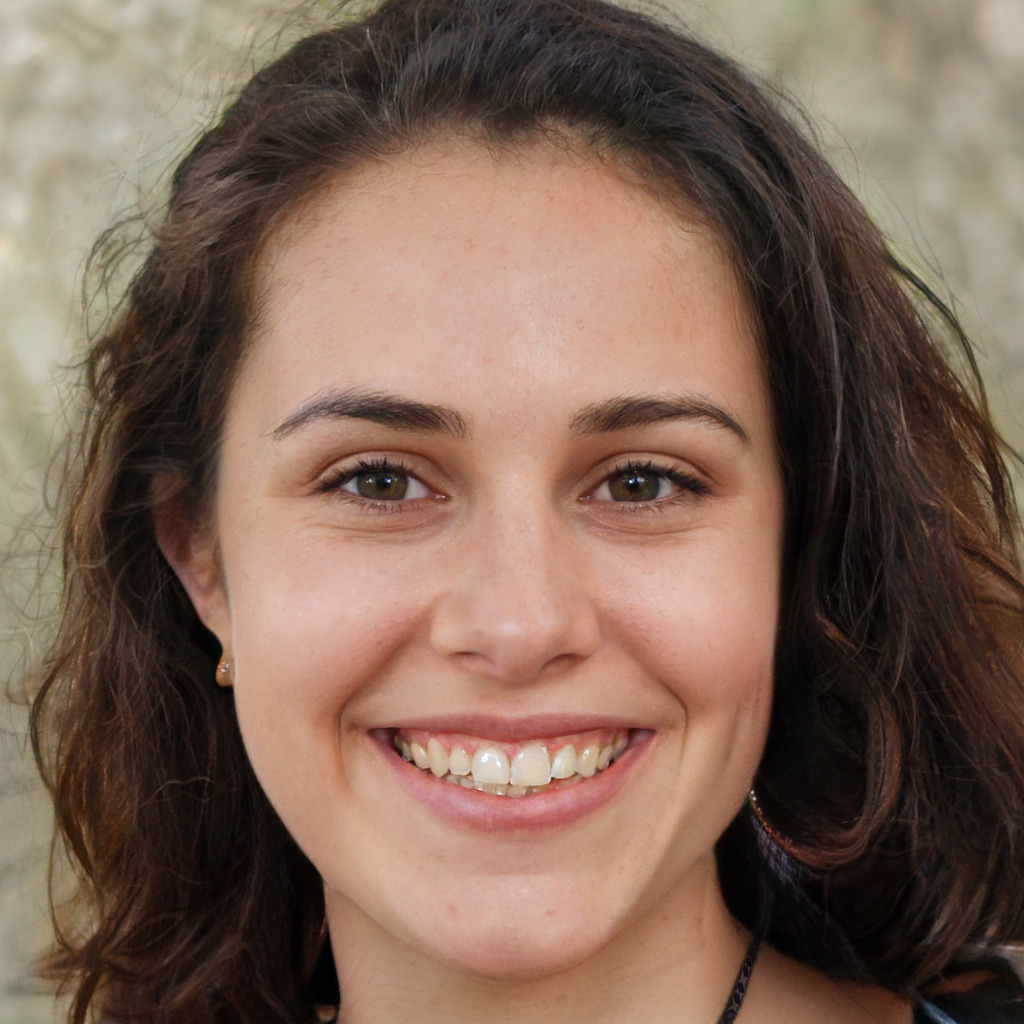Overcoming Agoraphobia: A Journey of Hope and Healing
Agoraphobia, often misunderstood as a simple fear of public spaces, can deeply affect one’s quality of life. Rachel Williamson, a resident of Kildare, Ireland, provides a poignant example of this reality. Diagnosed in September 2024, her journey illustrates how overcoming such challenges can be both difficult and transformative.
The Onset of Anxiety
Rachel’s experience began rather unexpectedly in December 2019. What once was a vibrant, sociable life transformed as she woke up one day feeling an overwhelming surge of anxiety. This feeling soon manifested into a deep fear of leaving her home, leading her to miss significant events like her parents’ retirement party and her father’s 70th birthday. Her condition kept her housebound for six long years, leaving her isolated and feeling trapped.
Key Symptoms to Recognize
Agoraphobia can lead to various debilitating symptoms, including:
- Intense Anxiety: A profound fear that can be triggered by simply thinking about leaving home.
- Physical Reactions: Feelings of sickness or panic when faced with leaving familiar surroundings.
- Isolation: Avoidance of social engagements, leading to a diminished social life.
Rachel described her daily life as a cycle of waking up, having breakfast, and feeling fundamentally inactive. Her avoidance strategies began with skipping work and soon escalated to total house confinement, prompting her to make excuses to friends and family.
Seeking Help and Finding Answers
It was not until Rachel began working from home and reconnected with her supportive boyfriend, Mikey Farrow, that she started contemplating a visit to the doctor. The couple’s move to Waterford provided a fresh start, but the struggle remained. After almost two more years of battling her fears, Rachel finally sought help.
The Importance of Diagnosis
Receiving a diagnosis can be a bittersweet experience. For Rachel, being officially diagnosed with agoraphobia provided a sense of validation. After years of feeling unheard, she finally had a name for her struggle, which opened the door for treatment options.
The Path to Recovery
With the guidance of healthcare professionals, Rachel began cognitive behavioral therapy (CBT) and was prescribed venlafaxine, an anti-anxiety medication. The combination of therapy and medication significantly changed her life, allowing her to take small steps toward re-engaging with the outside world.
Small Victories Matter
Rachel’s journey back into everyday life highlights the importance of celebrating small victories. After her treatment began, she achieved milestones that seemed impossible just months earlier:
- Visiting the Beach: For the first time in six years.
- Going Shopping: Simple errands that restore a sense of normalcy.
- Dining Out: Enjoying meals in public settings with loved ones.
Each of these moments represented a reclaiming of life that agoraphobia had taken from her.
Moving Forward with Hope
Rachel’s story serves as a reminder that recovery is a gradual process, often requiring patience and support. If you or someone you know is grappling with similar challenges, consider the following steps:
- Seek Professional Help: Therapy and medication can provide the necessary tools for coping.
- Set Achievable Goals: Start small by facing minor fears, and gradually work towards larger ones.
- Connect with Supportive Friends and Family: Open communication can be invaluable during tough times.
As Rachel continues her journey, she remains determined to reclaim the years lost to her condition, navigating life one step at a time. Her newfound hope illustrates the essence of resilience and the power of seeking help.
Recognizing and addressing mental health issues is a vital first step toward a fulfilling life. As Rachel demonstrates, healing is possible, and brighter days can lie ahead.

Covers wellness, nutrition, mental health, and daily life tips.
Bio: Talia brings a background in health journalism and holistic living to help readers live better, one tip at a time.

